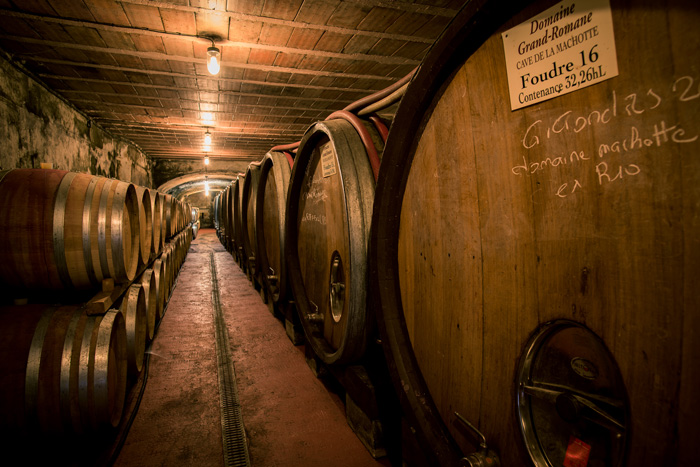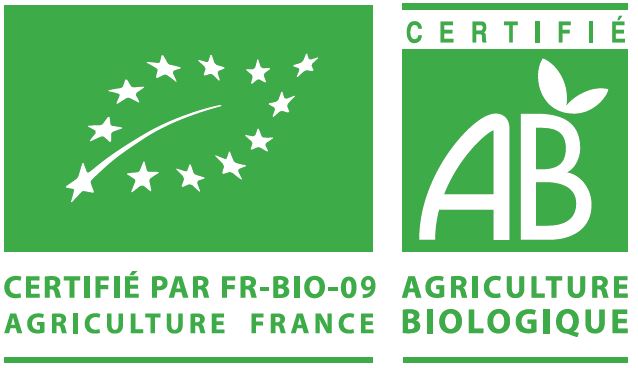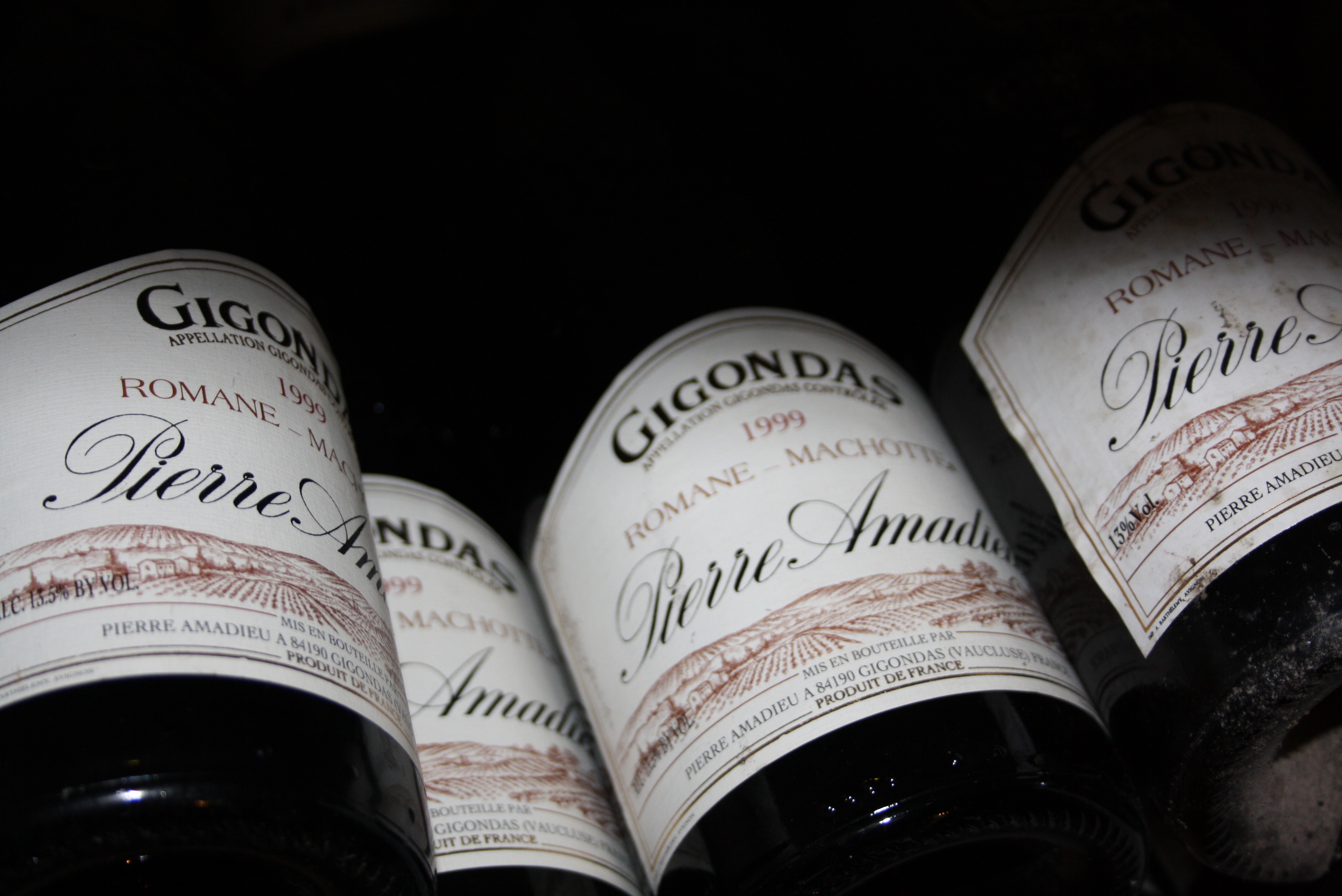In Winery
Pierre and Jean-Marie share the delicate task of winemaking and want our wines to
reflect the family’s strong commitment to the terroir.

In winemaking process, our commitment is to reflect and value each terroir
These two passionate winemakers focus on the work in the vineyard and limit the
operations in the winery to reveal the purest expression of the terroir of Gigondas. As a result, the management of the vineyard and the winemaking process are increasingly single vineyard oriented.
From vines to the bottling patience and observation are required. Today appreciated all over the world, every vintage reserves its subtleties which I am happy to subject to your appreciation.
I am not a follower of over-extracted wines and often “heavy” to taste ; my ambition is rather to obtain well-balanced wines with a Burgundy fineness. Through the maturing I try to reveal all the elegance and the richness of our protected terroirs located on the heights of the appellation Gigondas. The wine makings take place in Gigondas and in the cellar of Romane, in the heart of the vineyard. I like long and traditional fermentation or maceration of whole berries for Mourvèdre grapes. Wines are then aged carefully in our cellars of Gigondas and La Machotte, with a perfect natural hygrometry. By a long and moderated maturing (between 12 and 24 months), combining barrels and big oak casks, I look for a discreet woodiness which respects and reveals all the expression of our terroirs.
The grapes are harvested by hand and the vinification takes place separately at two sites: Romane cellar and the winery at the entrance to the village of Gigondas.
The decision to perform fewer operations in the cellar demands more patience.
Here we take the time that is needed to create great wines. The vatting periods
are long and traditional. The wines are then aged in La Machotte cellar, which
has perfect natural humidity, and in the brand new Gigondas cellar, opened early 2019. It has been built in natural stone and is designed to hold large-capacity barrels.
It has the space for 75 barrels of 225-litre capacity, and 21 foudres of 30 and 50
hectolitres. These two sites allow a long and delicate ageing process, combining
barrels and foudres for incomparable finesse and subtle toasted notes.
This unique Pierre Amadieu signature and elegance are also sought by our vintners partners who have been loyal to the family vision for many years.

Since the 2023 vintage, our IGP Viognier Clairette and AOC Gigondas wines are certified organic.







